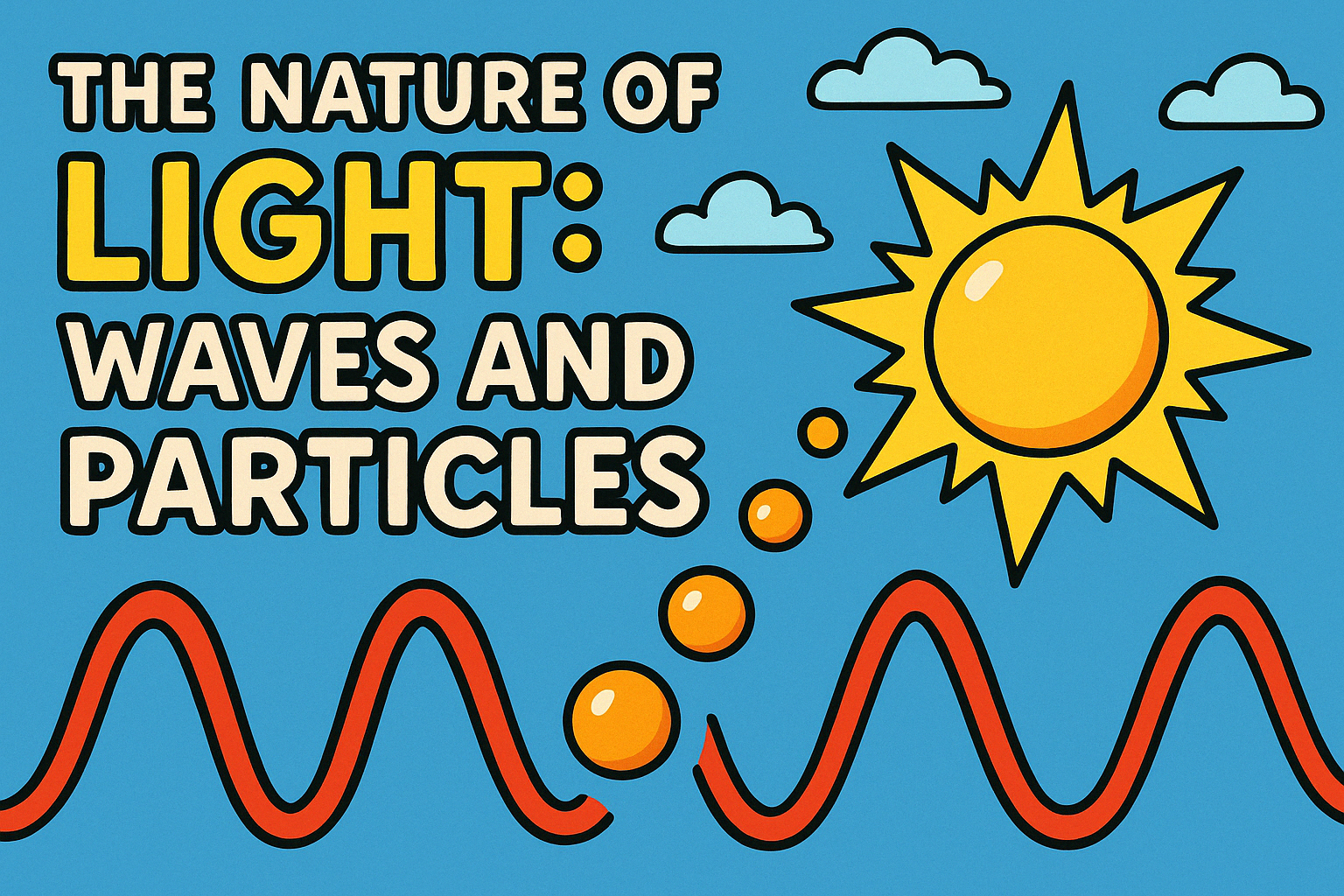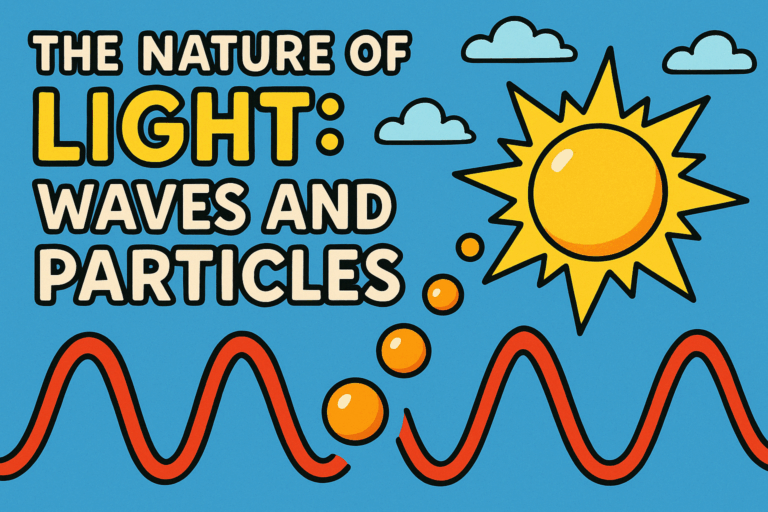The Nature of Light: Waves and Particles
The Nature of Light: Waves and Particles
Scientists call this the dual nature of light, and it’s been puzzling people for centuries. Experiments show that light has wave particle duality—it can bend like a wave but also collide like a particle. This behaviour helps explain everyday things like colour, shadows, and even why solar panels work. It also leads us into quantum physics.
When you understand how light works, you’re really learning how the universe works on a deeper level. From lasers to rainbows to telescopes, it’s all connected. The study of photon behaviour is key to modern science and future tech. So let’s explore what makes light so weird—and so important.
This topic is part of our Info Zone collection. You can read the full topic, once logged in, here: The Nature of Light: Waves and Particles
You’ll also find a full Lesson Plan and a handy Parent Q & A sheet, for this topic, ready to use..
Members Only
You need to be registered and logged in to access this learning resource and other member only content. It only costs £1.99

